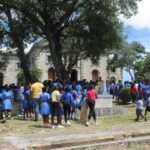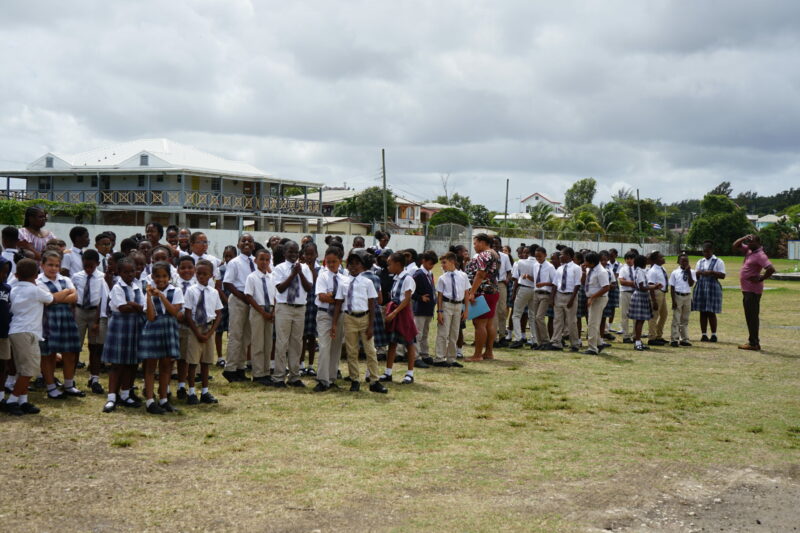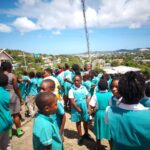
The National Office of Disaster Services (NODS) is taking steps to ensure that the Caribbean region is prepared for the rare but devastating hazards of tsunamis. One such step is the annual Caribe Wave exercise, which is set to take place on March 21.
This initiative is led by an inter-governmental coordination group for tsunamis and other coastal hazards of UNESCO.
The goal of the exercise is to promote readiness and to equip people with knowledge of tsunamis, their impacts, and how to prepare for them.
Everyone is encouraged to take part in the drill, including schools, workplaces, and residents in general. Those who wish to participate are asked to register with NODS before March 7 by calling 462-4206 or emailing [email protected].
The exercise is an opportunity for people to boost their knowledge of tsunamis and to help prepare for any future hazards.
Tsunamis have impacted Antigua and Barbuda and other regional territories in the past. For example, records show that on April 6, 1690, an earthquake near Antigua and Nevis resulted in landslides into the sea, generating tsunami waves that were observed in Antigua, Nevis, and St. Thomas.
Similarly, the Great Lisbon earthquake in Portugal on November 1, 1755, which had a magnitude of between 8.5 and 9.0, caused tsunamis throughout the Caribbean. Wave heights of 3.5 feet were reported in Antigua.
In more recent times, the 8.1 magnitude earthquake in Haiti in 2010 generated a tsunami that caused 75 deaths. It is evident that tsunamis are rare hazards that can cause severe devastation.
Therefore, it is essential to be prepared and to have the necessary knowledge to respond appropriately.
Over the past ten years or so, several schools and workplaces have participated in the annual Caribe Wave exercise, which UNESCO started in 2011.
The exercise provides an opportunity for people to learn about tsunamis and to help prepare for any future hazards.






0 Comments